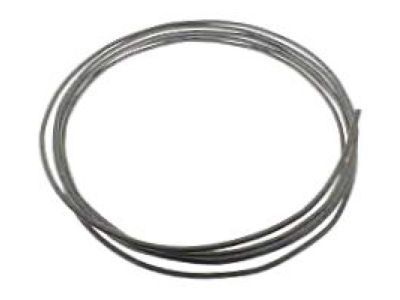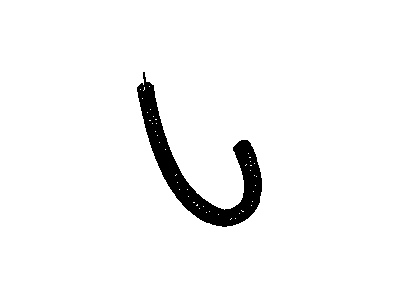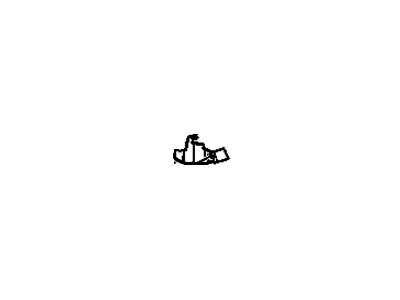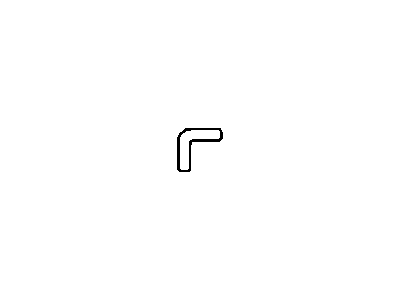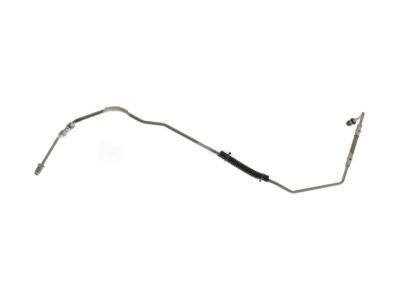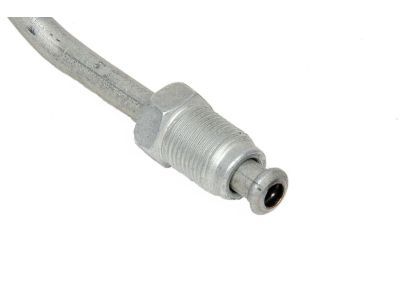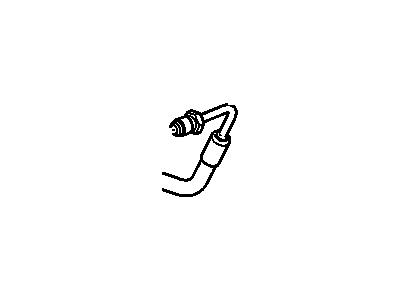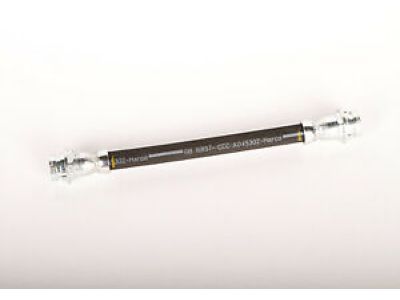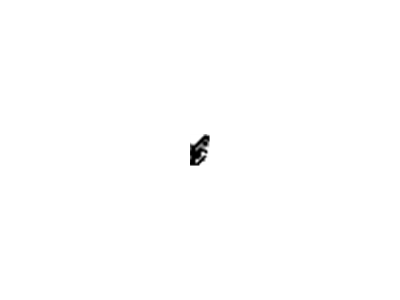
My Garage
My Account
Cart
Genuine Cadillac Deville Brake Line
Brake Hose- Select Vehicle by Model
- Select Vehicle by VIN
Select Vehicle by Model
orMake
Model
Year
Select Vehicle by VIN
For the most accurate results, select vehicle by your VIN (Vehicle Identification Number).
46 Brake Lines found
Cadillac Deville Pipe,Brake (Bulk Tubing 5/16" 8Mm)
Part Number: 12541500$39.99 MSRP: $63.76You Save: $23.77 (38%)Ships in 1-3 Business DaysCadillac Deville HOSE ASM,FRT BRK
Part Number: 19366747$52.81 MSRP: $99.65You Save: $46.84 (47%)Ships in 1-2 Business DaysCadillac Deville Hose Asm,Front Brake
Part Number: 19366748$50.70 MSRP: $95.66You Save: $44.96 (47%)Ships in 1-2 Business DaysCadillac Deville Hose, Brake Pressure Mod Valve
Part Number: 3530500$2.79 MSRP: $10.03You Save: $7.24 (73%)Ships in 1-2 Business DaysCadillac Deville Hose, Brake Master Cylinder Low Pressure
Part Number: 25528398$30.86Ships in 1-2 Business DaysCadillac Deville Pipe Assembly, Brake Pressure Mod Valve Front *Purple
Part Number: 25698848$64.99 MSRP: $116.58You Save: $51.59 (45%)
| Page 1 of 3 |Next >
1-20 of 46 Results
Cadillac Deville Brake Line
Cadillac DeVille Brake Line is one of the critical rubber hoses in the hydraulic braking system that connects the brake master cylinder with the brake caliper pistons with brake fluid. Metal brake lines can easily corrode and get damaged by impact which causes the fluid leakage and loss of pressure. Brake hoses can also have physical and internal damages which compromises the brake systems and mechanisms. If replacement is needed, there are pre-bend brake line kits, and also corrosion resistant stainless steel brake lines are included for getting the job done. Replacement with braided stainless steel lines can give fairly notable improvement in the pedal feel, particularly for performance driving.
Each OEM Cadillac Deville Brake Line we offer is competitively priced and comes with the assurance of the manufacturer's warranty for the part. Furthermore, we guarantee the speedy delivery of your orders right to your doorstep. Our hassle-free return policy is also in place for your peace of mind.
Cadillac Deville Brake Line Parts Questions & Experts Answers
- Q: How to inspect and replace flexible brake lines on Cadillac DeVille?A:To inspect and replace flexible hoses, start by raising the vehicle and securely supporting it on jackstands. Thoroughly check the hoses for cracks, chafing, leaks, blisters, and other damage. Use a light and mirror to see into restricted areas. If any hose exhibits these conditions, replace it with a new one. To disconnect the brake line from the hose fitting, use an open-end wrench on the hose fitting and a flare-nut wrench on the line fitting, being careful not to bend the frame bracket or brake line. Remove the U-clip from the female fitting at the bracket using pliers, then remove the hose from the bracket. At the caliper end of the hose, remove the bolt from the fitting block and take off the hose and copper gaskets on either side of the fitting block. When installing the hose, always use new copper gaskets and lubricate all bolt threads with clean brake fluid. Attach the hose to the caliper with the fitting flange engaged with the caliper locating ledge. Install the female fitting in the hose bracket without twisting the hose. Use the U-clip to retain the female fitting to the frame bracket. Attach the brake line to the hose fitting and tighten the fitting using two wrenches. Ensure there are no kinks in the hose and that it doesn't contact any part of the suspension. Check this by turning the wheels to extreme left and right positions. After installation, check the master cylinder fluid level, add fluid if necessary, bleed the brake system, and test the brakes before driving in traffic. When replacing metal brake lines, ensure you purchase the correct replacement parts and avoid using copper or any other tubing. Prefabricated brake lines of various lengths can be bent with a tubing bender. When installing the new line, make sure it is securely supported in the brackets with sufficient clearance from moving or hot components. After installation, check the master cylinder fluid level, add fluid if necessary, bleed the brake system, and test the brakes before driving in traffic.
Related Cadillac Deville Parts
Browse by Year
2005 Brake Line 2004 Brake Line 2003 Brake Line 2002 Brake Line 2001 Brake Line 2000 Brake Line 1999 Brake Line 1998 Brake Line 1997 Brake Line 1996 Brake Line 1995 Brake Line 1994 Brake Line 1993 Brake Line 1992 Brake Line 1991 Brake Line 1990 Brake Line 1989 Brake Line 1988 Brake Line 1987 Brake Line 1986 Brake Line 1985 Brake Line
